Class 8 Exam > Class 8 Notes > Science Class 8 > Short Notes - Friction
Friction Class 8 Notes Science Chapter 9
| Table of contents |

|
| Force of Friction |

|
| Factors Affecting Friction |

|
| Friction : A Necessary Evil |

|
| Increasing and Reducing Friction |

|
| Wheels Reduce Friction |

|
| Fluid Friction |

|
Ever wondered why a ball eventually stops rolling on the ground? The answer lies in the concept of friction. Whether it's a car's brakes, a bicycle slowing down, or the slipperiness of a banana peel, the interaction between objects and surfaces determines their motion.  A Man Falls Down When He Steps on a Banana Peel
A Man Falls Down When He Steps on a Banana Peel
Force of Friction
Friction is a key idea in physics, crucial for understanding how objects move.
- When a force is applied, frictional force always acts in the opposite direction, resisting the object's motion.
- In activities like a book on a table, friction between surfaces creates a force that slows down the book.
Friction isn't the same for all surfaces, it changes.
- Smooth surfaces have less friction, making sliding easier.
- Rough surfaces generate more friction, making it harder for things to move.
- The force of friction depends on how smooth or rough the surfaces are in contact.
Factors Affecting Friction
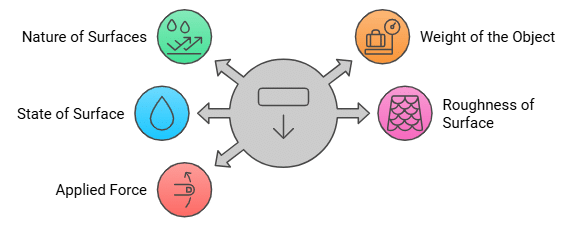
- Nature of Surfaces: The type of surfaces in contact is crucial. Smoother surfaces generally have less friction compared to rough surfaces.
- Weight of the Object: Friction is influenced by the weight or mass of an object. Heavier objects often encounter greater friction than lighter ones.
- State of Surface: The condition of a surface, whether dry, wet, or oily, can impact friction. Dry surfaces usually exhibit more friction than wet or oily ones.
- Roughness of Surface: The roughness of surfaces in contact directly affects friction. Irregular or rough surfaces generate more friction.
- Applied Force: The force applied to an object influences the frictional force. As the applied force increases, so does the friction opposing the motion.Question for Short Notes - FrictionTry yourself:What determines the force of friction between two surfaces?View Solution
Consider holding a kulhar (earthen pot) versus a glass tumbler. Friction plays a role in making the tumbler easier to hold.
Friction : A Necessary Evil - Surface Condition: Greasiness or a film of cooking oil on a glass tumbler affects holdability, highlighting the influence of friction.
- Importance of Friction: Imagine attempting to hold a glass without any friction; it would be challenging or impossible.
- Mobility: Moving on a wet muddy track or wet marble floor is difficult due to reduced friction. Friction is crucial for walking.
- Writing: Writing with a pen or pencil relies on friction. Chalk on a blackboard sticks due to friction between the chalk and the board.
- Motion Control: Friction is necessary for starting, stopping, and changing the direction of motion for automobiles on the road.
- Construction: Building construction involves the use of friction, from fixing nails in walls to tying knots.
- Drawback of Friction: Friction wears out materials like screws, ball bearings, and shoe soles, leading to wear and tear.
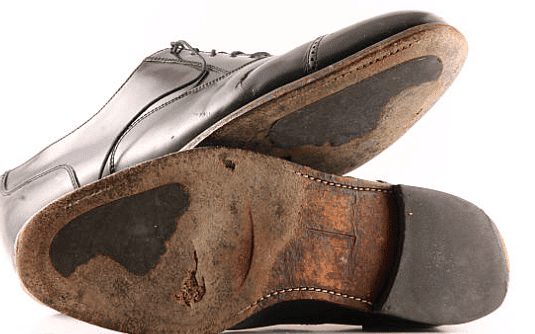 Shoe Soles Lead to Wear and Tear Due to Friction
Shoe Soles Lead to Wear and Tear Due to Friction
- Heat Generation: Friction can produce heat, as felt when rubbing palms together or striking a matchstick against a rough surface.
 Striking a Matchstick
Striking a Matchstick
- Energy Wastage: Machines operating with friction generate heat, resulting in energy wastage. Minimizing friction is essential.
Question for Short Notes - Friction
Try yourself:Which of the following is a drawback of friction?
View Solution
Increasing and Reducing Friction
When Increasing friction is necessary?
- Shoe Design: The grooves on shoe soles enhance grip on the floor, promoting safe movement.
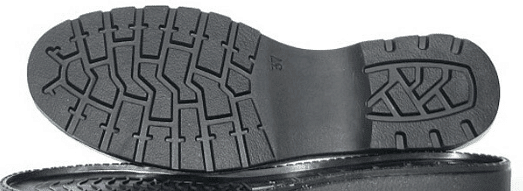 Grooves on Shoe
Grooves on Shoe
- Tyres and Brakes: Treaded tyres on vehicles increase ground grip, and brake pads intentionally increase friction for effective braking.
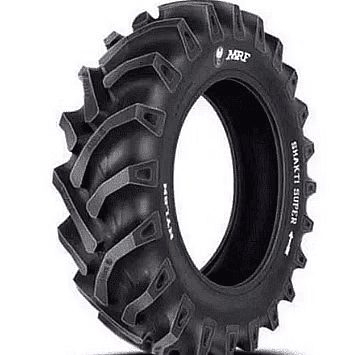 Treaded tyres
Treaded tyres
- Sports Techniques: Kabaddi players use soil on hands for a better grip, and gymnasts apply substances to enhance friction for improved performance.
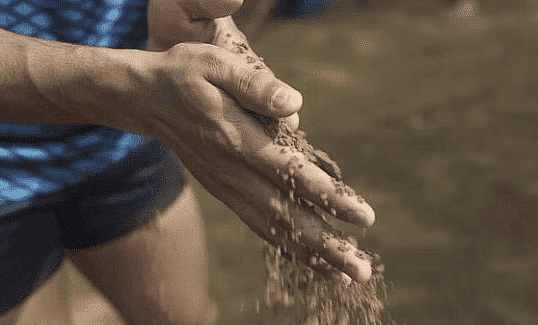 Kabaddi Player using Soil
Kabaddi Player using Soil
When Increasing friction is necessary?
- Carrom Board and Hinges: Sprinkling fine powder on a carrom board and applying oil on door hinges reduce friction, enabling smoother movements.
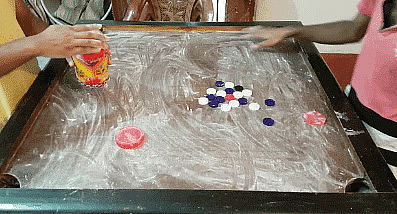 Fine Powder on Carrom
Fine Powder on Carrom
- Mechanical Lubrication: Using grease, oil, or graphite between moving parts in machines forms a thin layer, preventing direct rubbing and ensuring smooth movement.
 Mechanical Lubrication
Mechanical Lubrication
- Lubricants: Substances like oil, grease, and graphite that reduce friction are called lubricants.
- Air Cushion: In some cases, an air cushion is used between moving machine parts to minimize friction.
 Air Cushion Used in Ship
Air Cushion Used in Ship
Question for Short Notes - Friction
Try yourself:
What is the role of friction in the movement of objects?View Solution
 |
Download the notes
Short Notes - Friction
|
Download as PDF |
Download as PDF
Wheels Reduce Friction
Rolling Luggage attachés and luggage pieces with rollers make it easy for even a child to pull them, reducing the resistance to motion.
 Rolling Luggage
Rolling Luggage
- Rolling Friction: When one body rolls over another, the resistance to motion is termed rolling friction.
- Advantages of Rolling: Rolling is easier than sliding a body over another, making luggage with rollers convenient to pull.
- Wheel Invention: The wheel, considered one of mankind's greatest inventions, is efficient due to reduced rolling friction.
 Wheel Invention
Wheel Invention
- Comparison of Frictions: Rolling friction is smaller than sliding friction, making rolling preferable.
- Ball Bearings: To further reduce friction, machines use ball bearings. Examples include ceiling fans and bicycles, where ball bearings are used between hubs and axles.
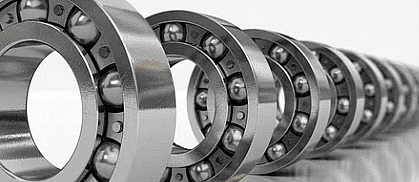 Ball Bearing
Ball Bearing
Question for Short Notes - Friction
Try yourself:What is the resistance to motion called when one body rolls over another?
View Solution
Fluid Friction
Despite air being light and thin, it exerts frictional force on objects moving through it. This also applies to water and other liquids, collectively known as fluids.
- Fluids: In science, gases and liquids are referred to as fluids. Frictional force exerted by fluids on objects in motion through them is called drag.
- Factors Affecting Drag: The frictional force (drag) in a fluid depends on the object's speed with respect to the fluid, as well as the shape of the object and the nature of the fluid.
- Energy Loss: Objects moving through fluids must overcome friction, resulting in energy loss. Efforts are made to minimize friction by giving objects special shapes.
- Nature-Inspired Designs: Scientists take hints from nature, observing birds and fishes, which have evolved shapes to minimize energy loss in overcoming fluid friction.
- Vehicle Designs: All vehicles, including airplanes, are designed with shapes that reduce fluid friction, drawing inspiration from natural forms to enhance efficiency.
 Airplane Design
Airplane Design
Question for Short Notes - Friction
Try yourself:What is the frictional force exerted by fluids on objects moving through them called?
View Solution
The document Friction Class 8 Notes Science Chapter 9 is a part of the Class 8 Course Science Class 8.
All you need of Class 8 at this link: Class 8
|
92 videos|287 docs|44 tests
|
FAQs on Friction Class 8 Notes Science Chapter 9
| 1. What is friction? |  |
| 2. What are the factors affecting friction? |  |
Ans. The factors affecting friction include the nature of the surfaces in contact, the force pressing the surfaces together, and the presence of any lubricants or contaminants between the surfaces.
| 3. Why is friction called a necessary evil? |  |
Ans. Friction is often referred to as a necessary evil because while it can be a hindrance in certain situations, it is also crucial for many everyday activities. Without friction, we would not be able to walk, drive, or hold objects securely. It helps us maintain stability and control.
| 4. How can friction be increased? |  |
Ans. Friction can be increased by roughening the surfaces in contact, increasing the force pressing the surfaces together, or using materials with higher coefficients of friction. Additionally, increasing the contact area between the surfaces can also increase friction.
| 5. How do wheels reduce friction? |  |
Ans. Wheels reduce friction by minimizing the surface area in contact between the object and the ground. The rolling motion of the wheel reduces the amount of friction compared to sliding or dragging. This allows for smoother and more efficient movement of objects, such as vehicles or trolleys.
Related Searches





















